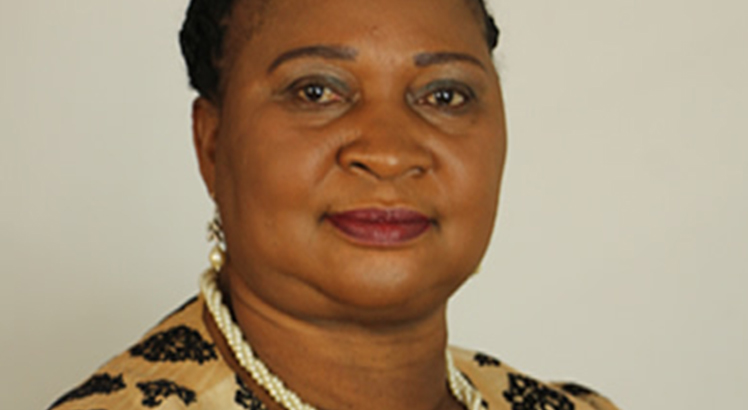Ticking time-bomb in Malawi health sector
…AS NURSE-PATIENT RATIO SHOOTS HIGHEST
The low number of nurses in Malawi’s public hospitals risks exposing both the health workers and patients to infections and unprofessional conduct due to fatigue and other disappointments, health activists have warned.
The National Organisation of Nurses and Midwives of Malawi (Nonm) president, Dorothy Ngoma, says the country’s average nurse-patient ratio at 1 to 80 is one of the highest in the world.
The International Council of Nurses (ICN), a federation of over 130 national nurses’ associations worldwide, recommends one nurse for six ‘average sick’ patients or one case if the patient is seriously sick to ensure safe and quality patient care.

Kwataine cautions that the high nurse-to-patient ratio could compromise service delivery leading to death of patients.
“The high nurse-patient ratio could lead to loss of lives of Malawians who rely on free medical care in public hospitals due to failure by nurses to provide maximum healthcare service to patients,” she explained.
Ngoma noted it is not unusual for a nurse to care for over 10 ‘very sick’ patients against the recommended ratio of 1 to 1.
She stressed: “Malawi is far from meeting the internationally recommended ratios. This is generally due to government’s laxity in the training and recruitment of healthcare workers.”
She, however, noted there has been an increase in the number of nurses from 4 500 in 2010 to the current 10 000 — effectively reducing the vacancy rate from 76 percent to 60 percent — to serve a population of about 16 million.
The number has largely improved through a joint ‘I want to be nurse!’ campaign by Nonm, Médecins Sans Frontières—Belgium and Oxfam launched in 2010, which aims at wooing children to aspire for nursing as a career as well as committing themselves to working in Malawi.

But Ngoma said the figure remains unacceptably low: “This country needs at least 50 000 practicing healthcare workers to ensure patients get the best quality service possible.”
Ngoma cited the case of Kamuzu Central Hospital where a paediatric ward with 400 patients is assigned five nurses.
The situation is similar at Queen Elizabeth Central Hospital where a single nurse tends to 80 or more patients per shift, according to the hospital’s chief administrator Themba Mhango.
However, all is not gloom at Zomba Central Hospital where its chief administrator Thom Chisale says, at worst, a nurse is assigned to look after 40 paediatric patients per shift.
Mzuzu Central Hospital chief administrator, Rose Nyirenda, declined to provide the statistics when called in the week.
According to National Association for Nurses and Midwives in Malawi (Nanm) executive director, Harriet Kapyepye, the ideal number of patients a nurse can serve is 10 in a general ward, one to seven for the labour ward and one to one in the intensive care unit.
“When a comparison is made with other countries in the Southern African Development Community (Sadc), Malawi has the lowest number of nurses in the public sector, thus making the nurse-patient ratio the highest,” she explained.
She said the problem is compounded by a low annual graduation of about 100 registered nurses and 400 nurse-midwife technicians.
She said the problem is exacerbated by the on-going brain drain of doctors and nurses to South Africa and overseas making countries neighbouring the Rainbow Nation have worse doctor-to-patient and nurse-patient ratios.
A nurse at QECH who declined to be named disclosed that there are circumstances where a nurse would be required to overlook infection prevention procedures (such as changing gloves) to save the life of the next patient.
“Nurses are required to care for more than one seriously sick patient. They are bound to either be infected or infect the next patient as they try to serve all patients entrusted to them,” she explained.
Kwataine further stated that nurses in the public sector assume heavier workloads and experience reduced work satisfaction and low morale contributing to high levels of absenteeism and a deteriorated quality of care delivery.
“When nurses have fewer patients, they can take better care of them thereby preventing errors and avoidable deaths. Patients are also more likely to understand how to manage their illnesses and prevent further illnesses or deterioration.
“Unfortunately, that cannot be achieved in our scenario where a nurse is assigned a legion of patients per shift,” she said.
Ministry of Health acting spokesperson, Adrian Chikumbe, said the average national nurse-to-patient ratio currently hovers around 1to 1 600 if 10 000 nurses were to be assigned to the projected population of 16 million.
But Chikumbe said government has since increased the intake of nursing students to seal the gap.
“For instance, we’ve increased the number of intake at KCN from 50 to 250 per year. We’ve introduced nursing courses at Mzuzu University and we’re also working with private nursing colleges,” he explained.
But Chikumbe admitted government has an uphill task to bring down the nurse-to-patient ratio to a recommended level in the face of an ever-growing population.
He explained: “Rapid population growth remains one of our major challenges. It’s hard to match the number of patients with that of nurses as the population keeps rising each passing day.”





